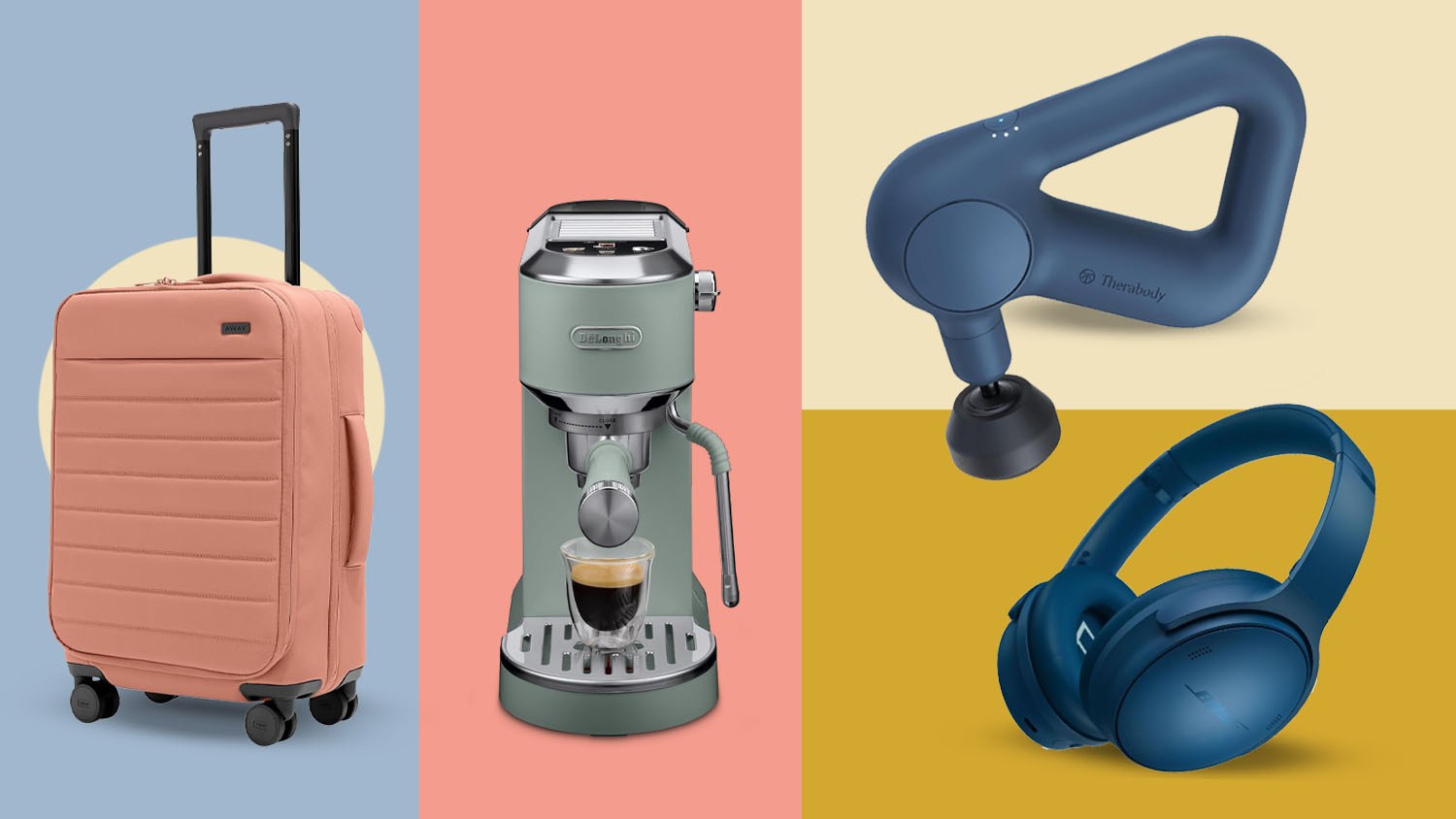TAMPA BAY Fla, (BLOOM) – For many adults, high-functioning ADHD can be a mixed blessing. It allows individuals to excel in certain areas while presenting challenges that often go unseen. Jenna Nielsen, a clinical social worker with ADHD Advisor, breaks down what high-functioning ADHD means and provides insights on balancing the strengths and struggles it brings.
What is High-Functioning ADHD?
“High-functioning ADHD” describes individuals whose ADHD symptoms don’t interfere significantly with daily responsibilities or professional success. According to Nielsen, people with high-functioning ADHD often excel in jobs they enjoy, using their traits to their advantage. This can include the ability to shift quickly between tasks, a strong drive for creative work, and flexibility in fast-paced environments. “They may forget small details, like where they placed their phone or keys,” she explains, “but they also have a remarkable ability to thrive in environments that reward adaptability.”
High-functioning ADHD in adults often appears different from traditional ADHD because these individuals have developed strategies to manage their symptoms. Setting reminders, relying on organizational tools, or choosing flexible work arrangements are common approaches. “It’s not uncommon for people to use their ADHD traits as part of their personality,” Nielsen says. “They embrace it as a part of who they are.”
Strengths and Advantages of High-Functioning ADHD
People with high-functioning ADHD frequently bring unique strengths to both personal and professional settings. “They’re often fun, outgoing friends and can handle tasks others might find overwhelming,” Nielsen notes. In work environments, particularly fast-paced or creative ones, these individuals often thrive. “Their need for impulsiveness and change can be a huge asset in these roles,” she says.
For example, a person with high-functioning ADHD might excel in sales due to their outgoing personality and need to connect with others. Their drive to stay busy can lead to high productivity and accomplishments, often resulting in accolades and positive feedback in the workplace.
Common Challenges and Misconceptions
Despite the many advantages, individuals with high-functioning ADHD still face challenges, particularly in balancing work and home life. “It’s common for them to struggle with sleep, nutrition, and finding a healthy work-life balance,” Nielsen explains. High-functioning ADHD can also strain personal relationships. People with the condition may find themselves interrupting conversations, neglecting to return calls, or struggling to maintain long-term connections.
One of the biggest misconceptions about high-functioning ADHD is that individuals only experience the “good parts” of the disorder. Nielsen stresses that this view oversimplifies the condition. “ADHD traits can positively affect some areas of life while negatively impacting others,” she explains. “It’s not a choice which parts are beneficial or challenging, as ADHD affects multiple areas of a person’s life.”
Thriving with ADHD: Strategies and Treatments
Nielsen recommends several strategies to help individuals with high-functioning ADHD make the most of their strengths while managing symptoms. Task lists, calendars, and reminders can help keep them on track, and mindfulness practices can aid focus and reduce impulsive tendencies. For those seeking to achieve a better work-life balance, Nielsen suggests examining daily routines to identify inconsistencies in sleep or eating habits. “Starting with improved sleep and physical health can strengthen mental health,” she says, which is essential for managing ADHD’s ups and downs.
Therapeutic methods like Cognitive Behavioral Therapy (CBT) and Dialectical Behavior Therapy (DBT) can also be beneficial, providing tools for managing “all-or-nothing” thinking and other cognitive distortions. “CBT and DBT can help individuals develop realistic approaches to daily routines,” Nielsen says, emphasizing that these therapies help people approach each day with a balanced mindset.
Medication, too, can play an essential role. Stimulants like Adderall and Ritalin, Nielsen explains, help by balancing brain chemicals that affect focus and motivation. “Medication, combined with therapies like CBT, can be helpful even for high-functioning individuals who are performing well but want additional support with focus and organization.”
Building Healthy Habits and Seeking Support
For those with high-functioning ADHD, building routines that support productivity and well-being is key. Nielsen emphasizes prioritizing sleep, exercise, balanced nutrition, and minimizing stimulants like caffeine and alcohol. “Physical health supports mental health,” she says, adding that a strong physical foundation can help reduce some of the mood swings associated with ADHD.
Even if someone seems to be managing well, professional support can still be valuable. “If a person feels drained, restless, or dissatisfied in relationships, it may be a sign that support is needed,” Nielsen says. Therapy can offer tools to improve these areas, helping individuals reach the goals they set for themselves.
Embracing ADHD’s Unique Traits
The mindset that high-functioning individuals should adopt, according to Nielsen, is one of acceptance and adaptability. “Recognizing that ADHD traits benefit some areas of life while requiring coping strategies in others is key,” she says. For those aiming for high-level success, Nielsen offers three essential tips: practice daily mindfulness, maintain consistent sleep and nutrition, and seek help when needed.
High-functioning ADHD comes with both opportunities and challenges, and success depends on understanding how to balance them. By embracing the positive aspects and developing strategies for the struggles, individuals can thrive with ADHD and achieve personal and professional goals.
For more information on ADHD and related support, visit ADHD Advisor.















